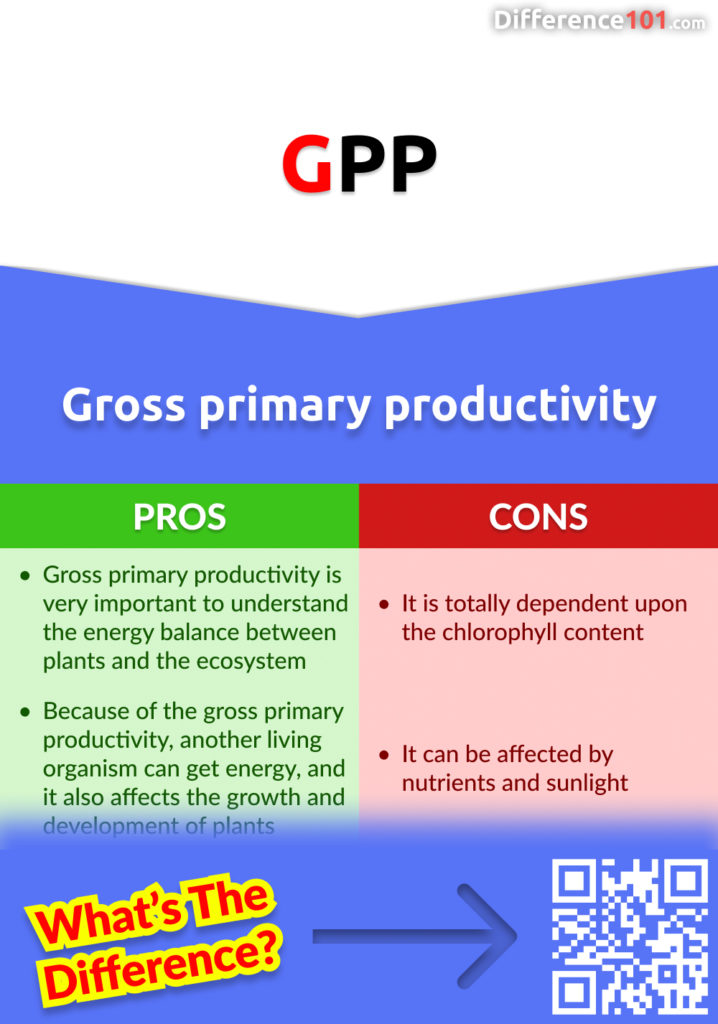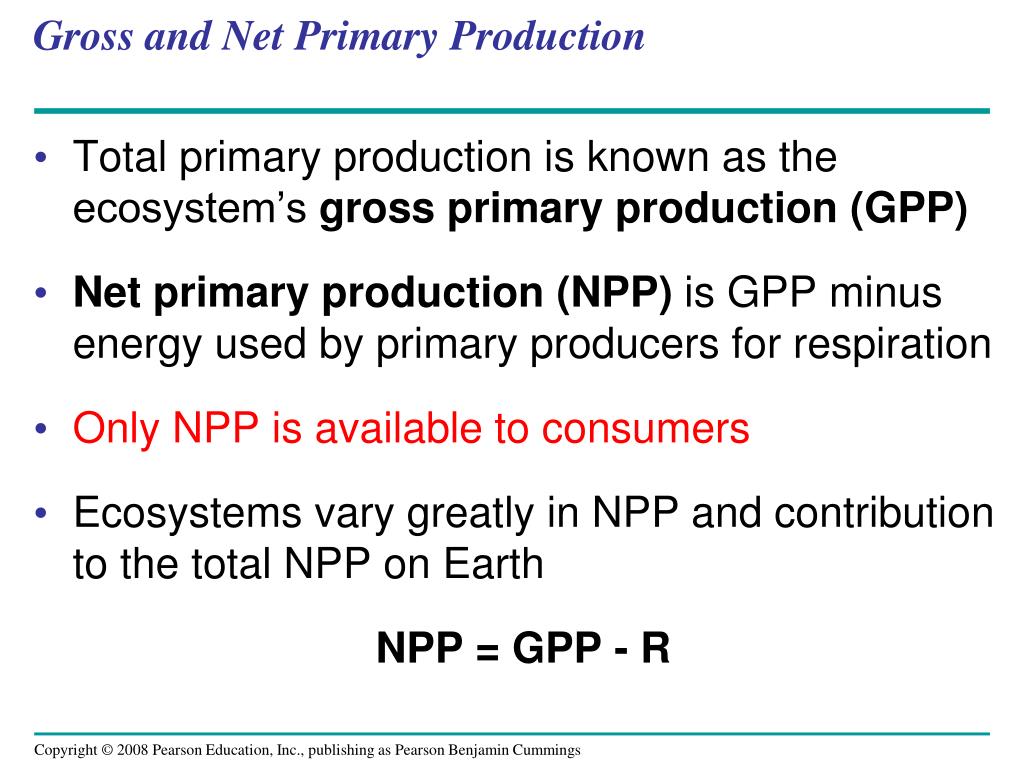Net Primary Productivity Vs Gross Primary Productivity
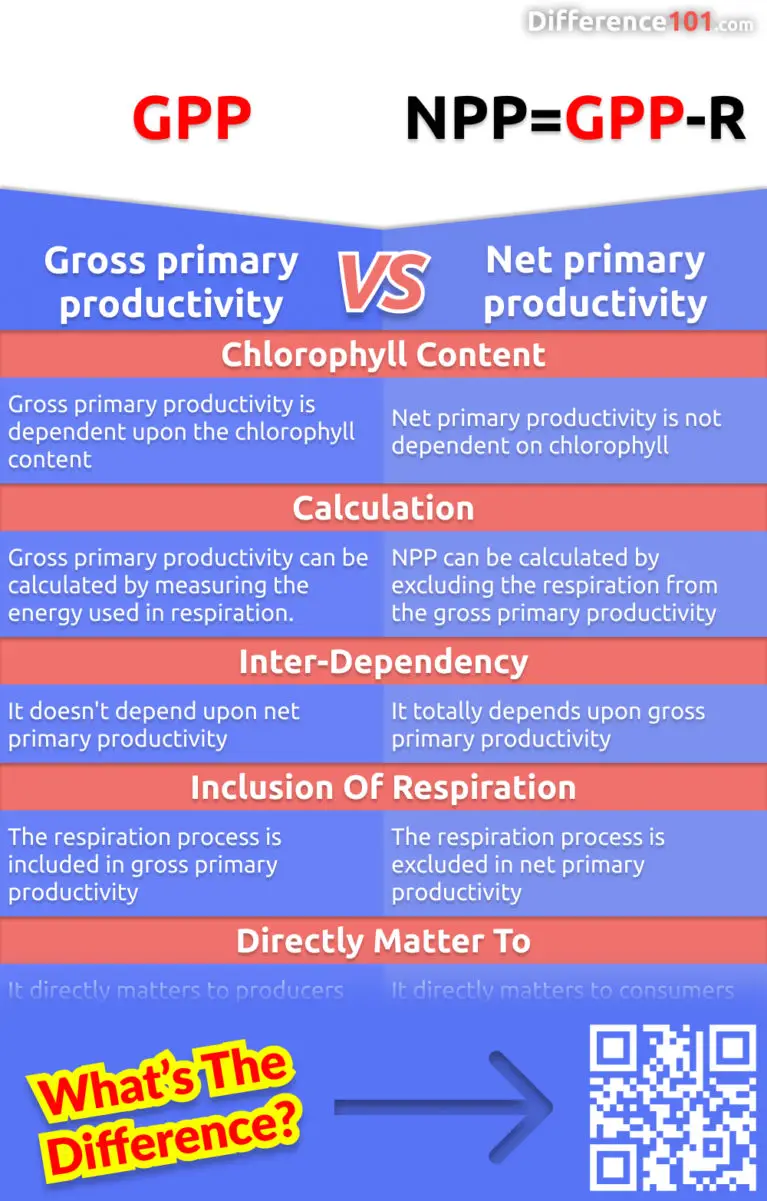
Global ecosystems are facing unprecedented stress, prompting urgent calls for refined methods to measure and understand plant productivity. The subtle yet critical difference between Gross Primary Productivity (GPP) and Net Primary Productivity (NPP) holds the key to assessing ecosystem health and predicting future carbon sequestration capabilities.
Understanding GPP and NPP is crucial for gauging the biosphere's carbon uptake capacity, essential for informing climate mitigation strategies. This article clarifies the distinction between these two metrics, highlighting their significance in ecological research and climate modeling.
Gross Primary Productivity (GPP): The Big Picture
Gross Primary Productivity (GPP) represents the total rate at which an ecosystem's primary producers, mainly plants, capture solar energy and convert it into organic compounds via photosynthesis. It's the total carbon fixed by plants before any respiration losses.
Think of GPP as the total income of an ecosystem, the gross earnings from photosynthesis. This metric encompasses all photosynthetic activity across a given area and time period.
Researchers employ various techniques to estimate GPP, including remote sensing, eddy covariance towers, and process-based models. Remote sensing leverages satellite imagery to assess vegetation cover and photosynthetic activity across vast landscapes.
Challenges in Measuring GPP
Directly measuring GPP across large areas poses significant challenges due to the complexity of ecosystems. Accurate estimation requires accounting for variations in species composition, environmental conditions, and canopy structure.
Scientists often rely on models calibrated with ground-based measurements to extrapolate GPP estimates across larger scales. The accuracy of these models is crucial for reliable assessments.
Net Primary Productivity (NPP): What's Left After Expenses
Net Primary Productivity (NPP) reflects the rate at which plants accumulate biomass after accounting for the carbon lost through respiration. It represents the carbon available for growth, reproduction, and consumption by other organisms in the ecosystem.
In essence, NPP is the net profit of an ecosystem, the carbon remaining after plants have met their own energy needs. This value is directly linked to ecosystem's capacity to support life.
NPP can be measured through biomass harvesting, remote sensing techniques calibrated with field data, and biogeochemical models. Biomass harvesting involves collecting and weighing plant material to determine the annual growth rate.
The Critical Difference: Respiration
The key difference between GPP and NPP lies in the inclusion of plant respiration. Respiration is the process by which plants break down organic compounds to release energy for their metabolic activities.
NPP is calculated as GPP minus respiration (NPP = GPP - Respiration). The magnitude of respiration losses can vary significantly depending on plant species, age, and environmental conditions.
Why Does This Matter? Implications for Climate Change
Understanding NPP is crucial for assessing the carbon sequestration potential of terrestrial ecosystems. Ecosystems with high NPP act as strong carbon sinks, removing atmospheric carbon dioxide and mitigating climate change.
Changes in NPP can indicate ecosystem responses to environmental stressors, such as climate change, pollution, and land use changes. Declining NPP can signal ecosystem degradation and reduced carbon sequestration capacity.
According to the IPCC's Sixth Assessment Report, monitoring NPP trends is essential for tracking progress towards climate goals. Projections of future climate change rely heavily on accurate representations of NPP in climate models.
Recent Findings and Ongoing Research
A recent study published in Nature Climate Change highlights a concerning trend of declining NPP in some tropical forests. The research attributes this decline to increased temperatures and drought stress.
Scientists at the Woods Hole Research Center are actively developing improved methods for measuring and modeling GPP and NPP. Their work focuses on integrating remote sensing data with ecosystem models to provide more accurate regional and global estimates.
The Global Carbon Project provides annual assessments of global carbon budgets, including estimates of GPP and NPP. These assessments are critical for tracking changes in the Earth's carbon cycle and informing climate policy.
Next Steps
Continued investment in research and monitoring of GPP and NPP is essential for understanding and mitigating climate change. This includes improving measurement techniques, refining ecosystem models, and expanding long-term monitoring networks.
International collaboration is crucial for coordinating research efforts and sharing data on GPP and NPP across different ecosystems. This collaboration will enable more accurate assessments of global carbon sequestration potential and inform effective climate mitigation strategies.
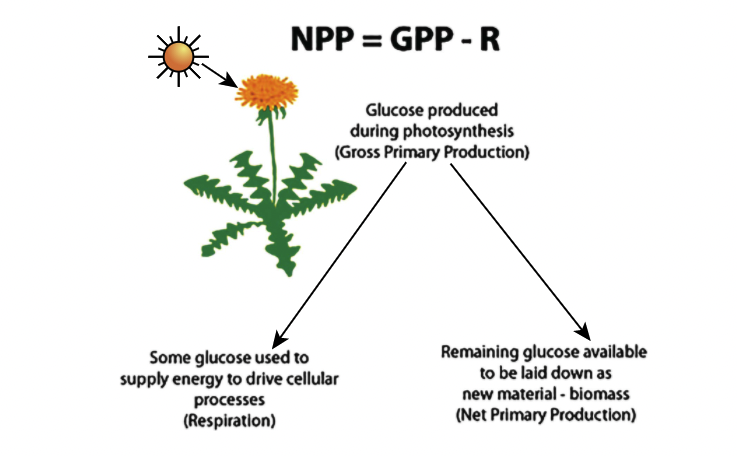

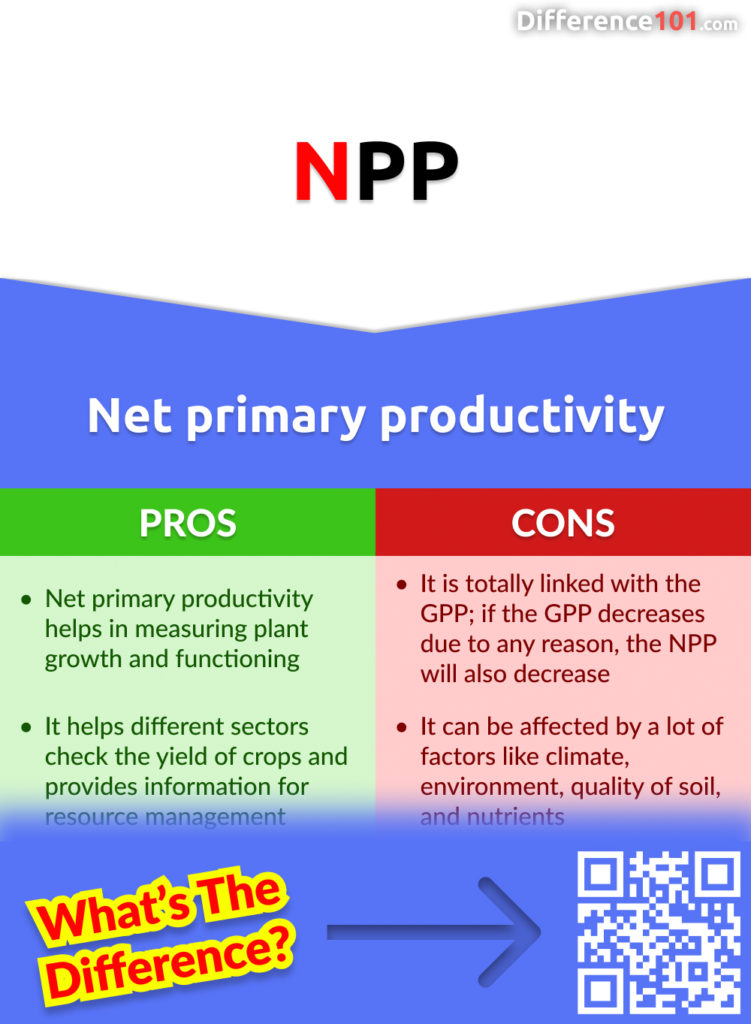
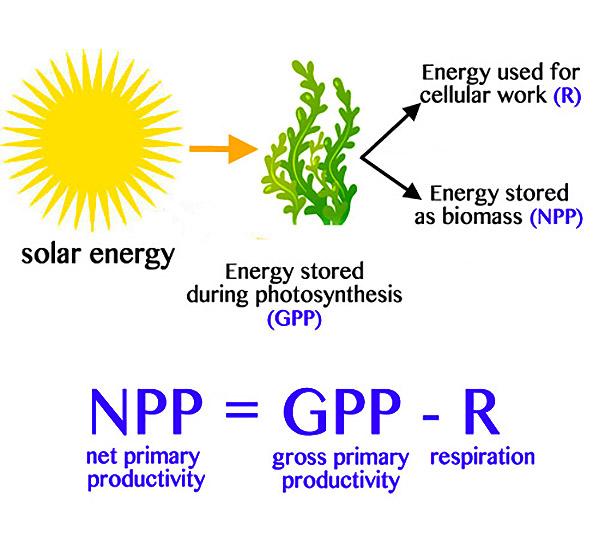


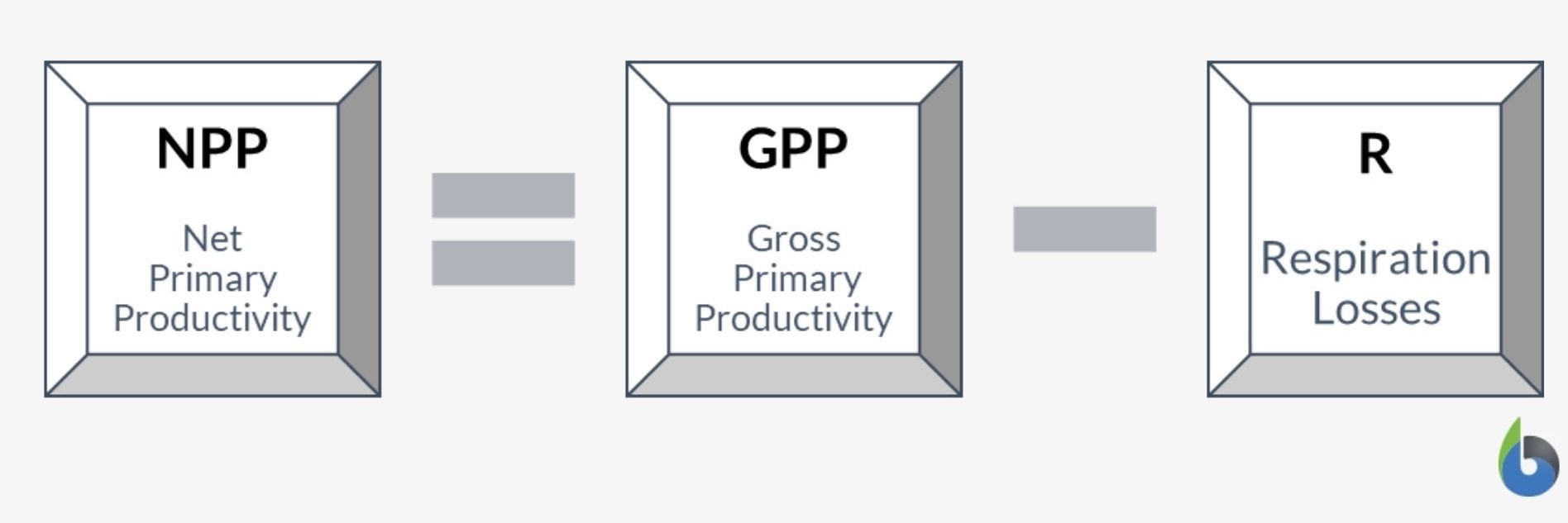
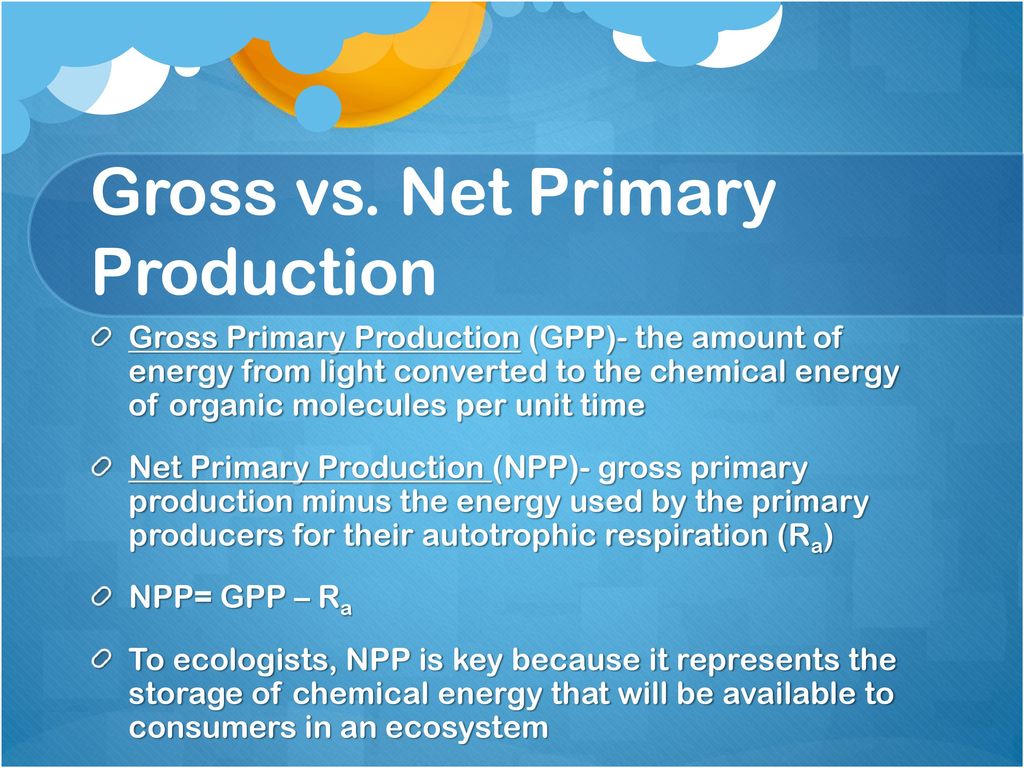
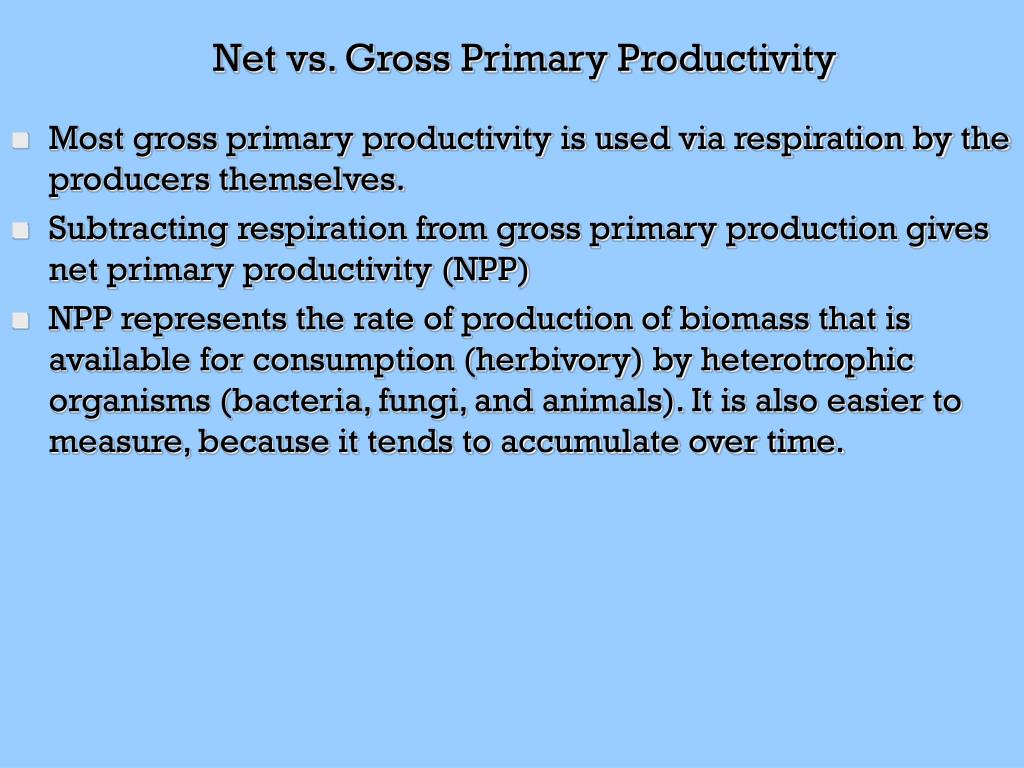

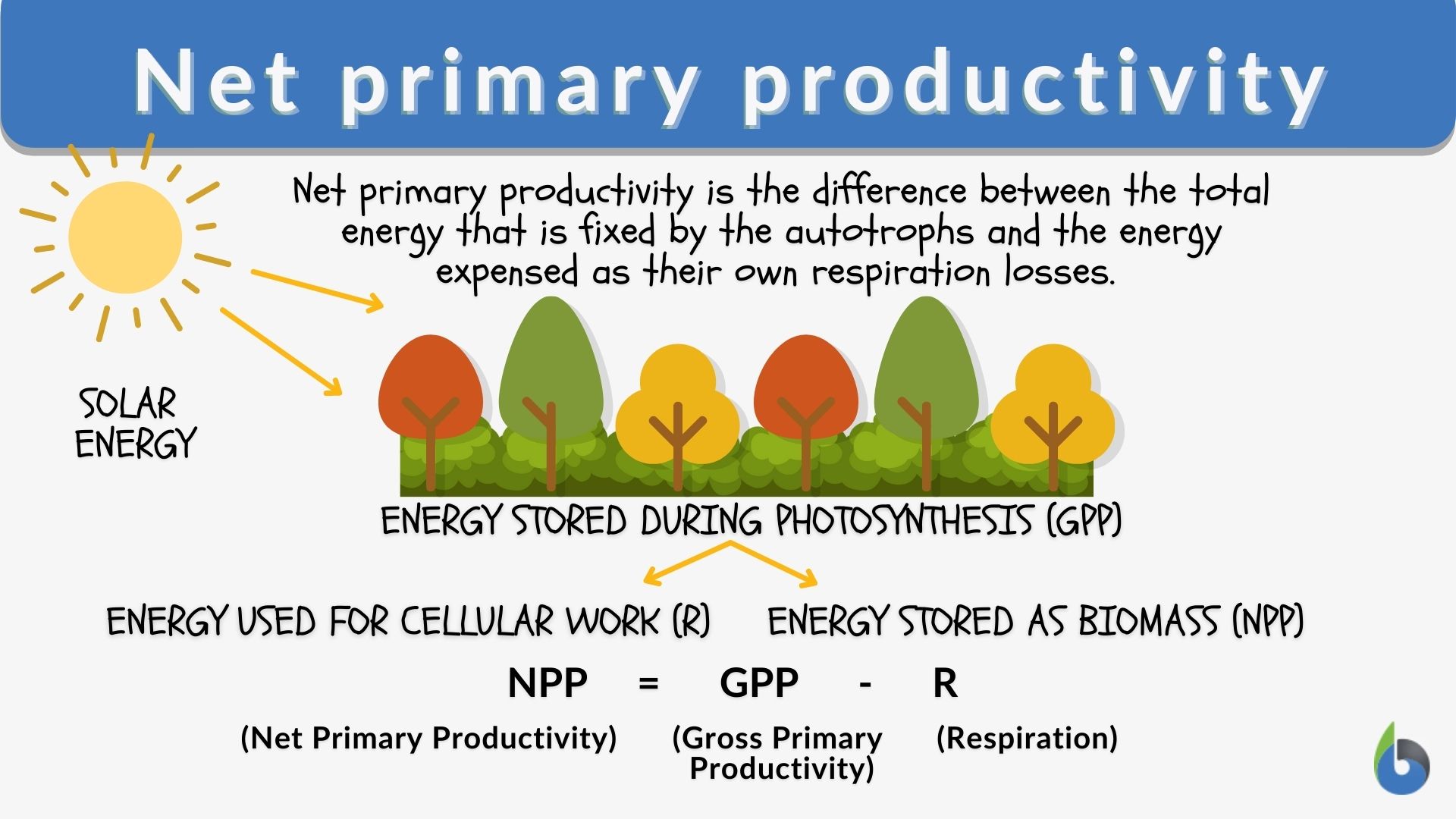
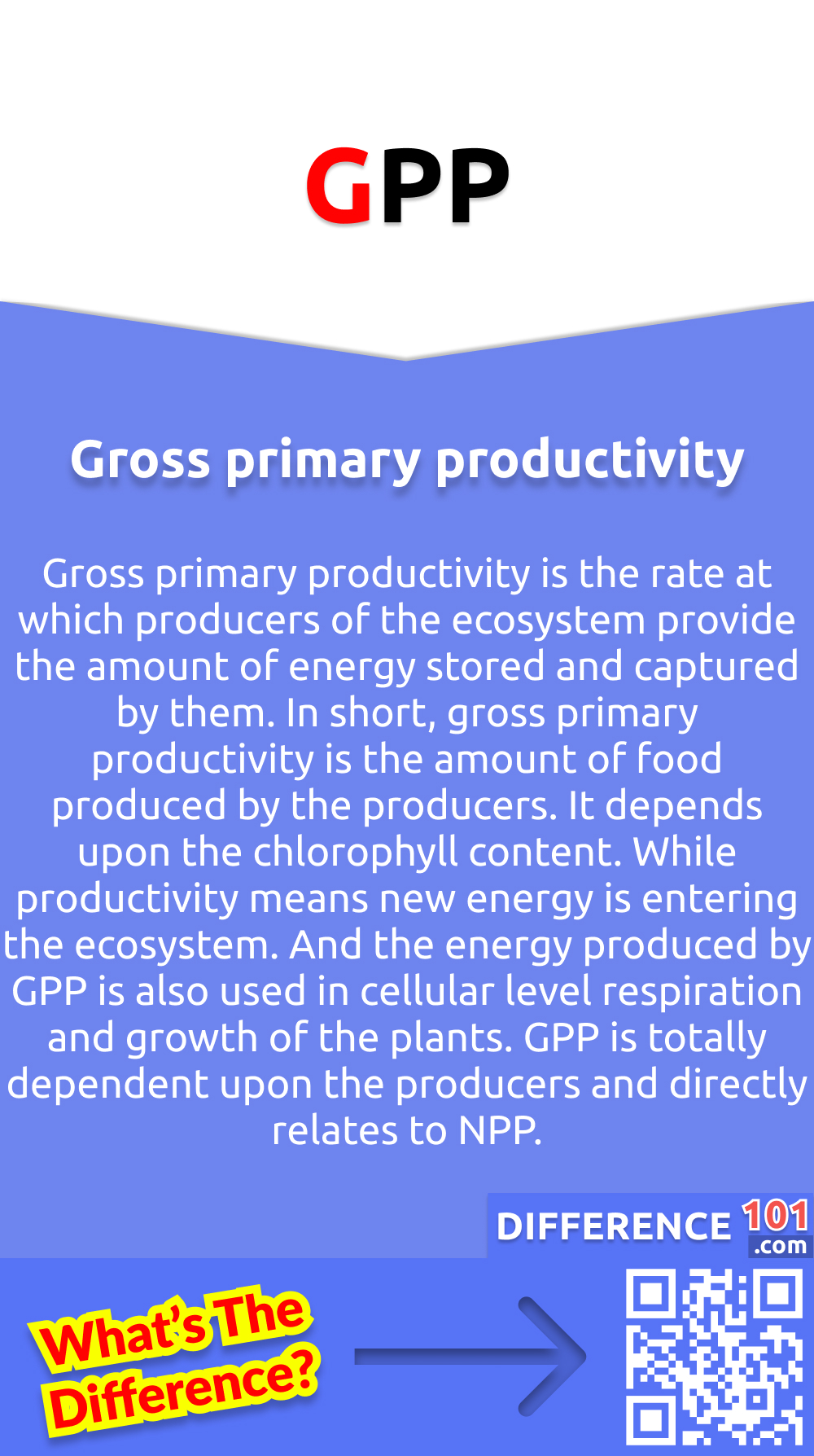
![Net Primary Productivity Vs Gross Primary Productivity [Malayalam Solution] What is the difference between gross primary prod](https://d10lpgp6xz60nq.cloudfront.net/physics_images/ANE_GJB_BOT_XII_C07_E08_001_S01.png)


